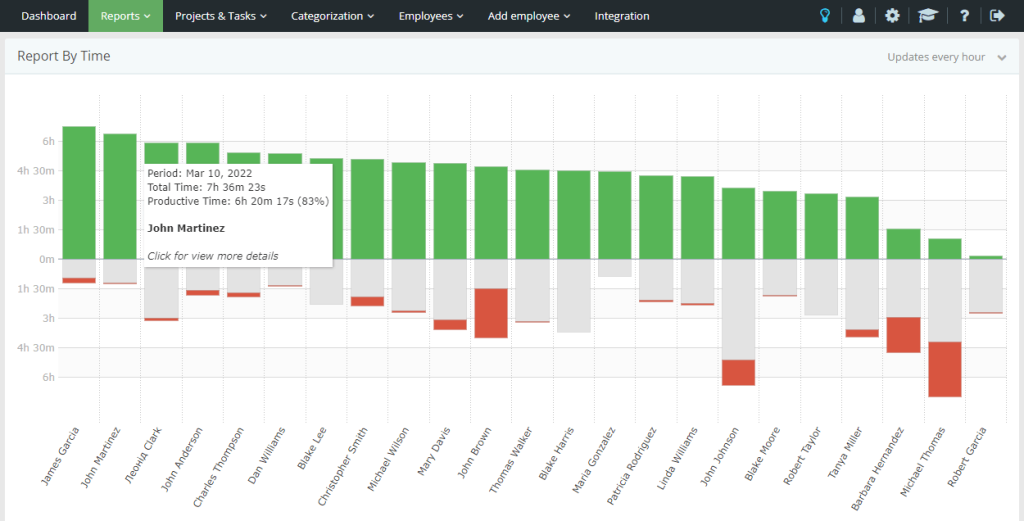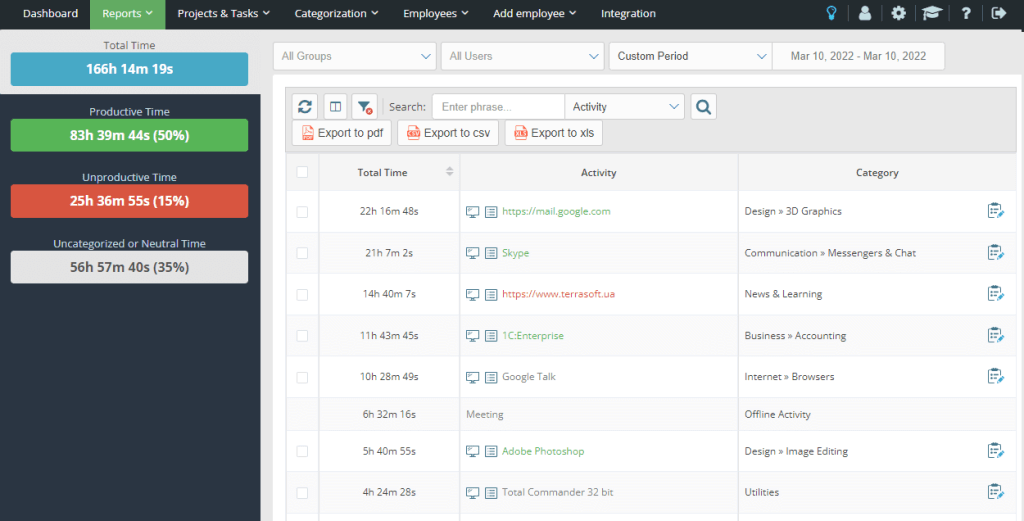🧩 You had a plan. Tasks were assigned, deadlines were clear, Jira looked green. But the sprint still slipped. The reason? You measured planned work, not actual work. That missing data – the invisible hours between tasks – is what breaks delivery.
Task managers don't track what happens between tasks
Jira, Trello, and Asana show what's planned – not what's lived. These tools track task status changes: “To Do,” “In Progress,” “Done.” But they miss everything that happens in the spaces between these states.
“Done” in the tool doesn't equal done in reality. A developer might mark a task complete in Jira, but the actual work included debugging an environment issue, waiting for code review, and explaining the solution to three different stakeholders. None of that appears in the task estimate.
Actual work includes idle gaps while waiting for information, switching delays when moving between different types of tasks, and hidden multitasking when urgent requests interrupt planned work. Task boards capture intentions, not the messy reality of knowledge work.
Where actual work time gets lost
Time tracking data reveals five critical areas where planned work diverges from reality:
Context switching penalties – Each transition between different projects or task types requires 15-25 minutes of mental recalibration. Loading project context, remembering implementation details, and rebuilding focus creates cognitive overhead that compounds throughout the day.
Dependency waiting periods – Tasks stall while waiting for approvals, information, or resources. A two-hour coding task becomes a two-day calendar item when it includes waiting for design assets, environment access, or stakeholder decisions.
Communication fragmentation – Slack notifications, email threads, and ad-hoc questions create micro-interruptions that multiply actual task duration. Teams spend more time coordinating work than executing work.
Meeting collision damage – When calendar obligations conflict with deep work requirements, people work late to complete tasks originally estimated for normal business hours. The planning assumes uninterrupted time that doesn't exist.
Unplanned support requests – “Quick questions” and urgent fixes consume planned project time. These interruptions are legitimate work but invisible to task estimation and sprint planning.
One company found that 27% of their developers' day was spent in “non-trackable” states – not idle, not in Jira tasks, but working on activities that didn't map to any planned work item. This invisible work was only visible through time tracking data from Yaware.TimeTracker.
Why this gap matters more than you think
Projects fail in the space between tasks. The accumulated friction of switching, waiting, and coordinating turns manageable workloads into impossible deadlines. Teams miss delivery dates not because individual tasks take longer than expected, but because the connective tissue between tasks was never accounted for.
Misalignment between plan and reality leads to systematic burnout and frustration. When managers see “5 days of planned work” but teams experience “8 days of actual effort,” the gap gets filled by overtime, weekend work, and decreased quality. Everyone feels like they're failing when the system was set up to fail.
Project managers think teams are slow when teams are actually blocked or context-drained. This misperception creates pressure to work faster when the real need is to work more efficiently. Addressing the wrong problem makes the actual problem worse.
What a time tracker captures that task boards miss
Time tracking reveals five critical data points that task management tools completely miss:
Actual productive hours – Most knowledge workers assume 6-7 hours of productive time daily, but time data often shows 4-5 hours of focused work mixed with 2-3 hours of coordination overhead.
Transition time costs – The minutes lost between task completion and task initiation reveal workflow bottlenecks, dependency delays, and context-switching penalties that task estimates never include.
Focus fragmentation patterns – Teams with high meeting loads show work patterns where simple tasks stretch across multiple days due to interrupted concentration.
Silent overload signals – Unusual work patterns like late-night activity or weekend catch-up sessions indicate capacity problems before they become burnout crises.
Hidden work categories – Time spent on activities that don't map to any planned task: troubleshooting, mentoring, process improvement, and organizational maintenance work.

Yaware.TimeTracker captures both “visible” work patterns tracked in project tools and “invisible” work patterns that happen outside structured task management. This dual visibility lets managers operate on complete information rather than partial assumptions.
How to close the gap between plan and reality
Map planned tasks to real time data by correlating Jira estimates with actual time spent. This comparison reveals which types of work are consistently underestimated and which estimates align with reality.

Use time tracking to audit effort per task type. Simple bug fixes might consistently take twice as long as estimated due to environment setup time. Feature development might include hidden research time that never appears in planning.
Adjust sprint velocity based on factual workload rather than ideal capacity. If time data shows that planned work consistently expands to fill 120% of available time, reduce sprint commitments by 20% to match realistic capacity.
Visualize gaps and act on them. When time tracking reveals that 30% of development time goes to unplanned support requests, that's not a team efficiency problem – it's a resource allocation problem that requires organizational solutions.
Stop managing on assumptions. Start managing on real time data. Activate your free trial of Yaware.TimeTracker and see what's really happening between the tasks.

